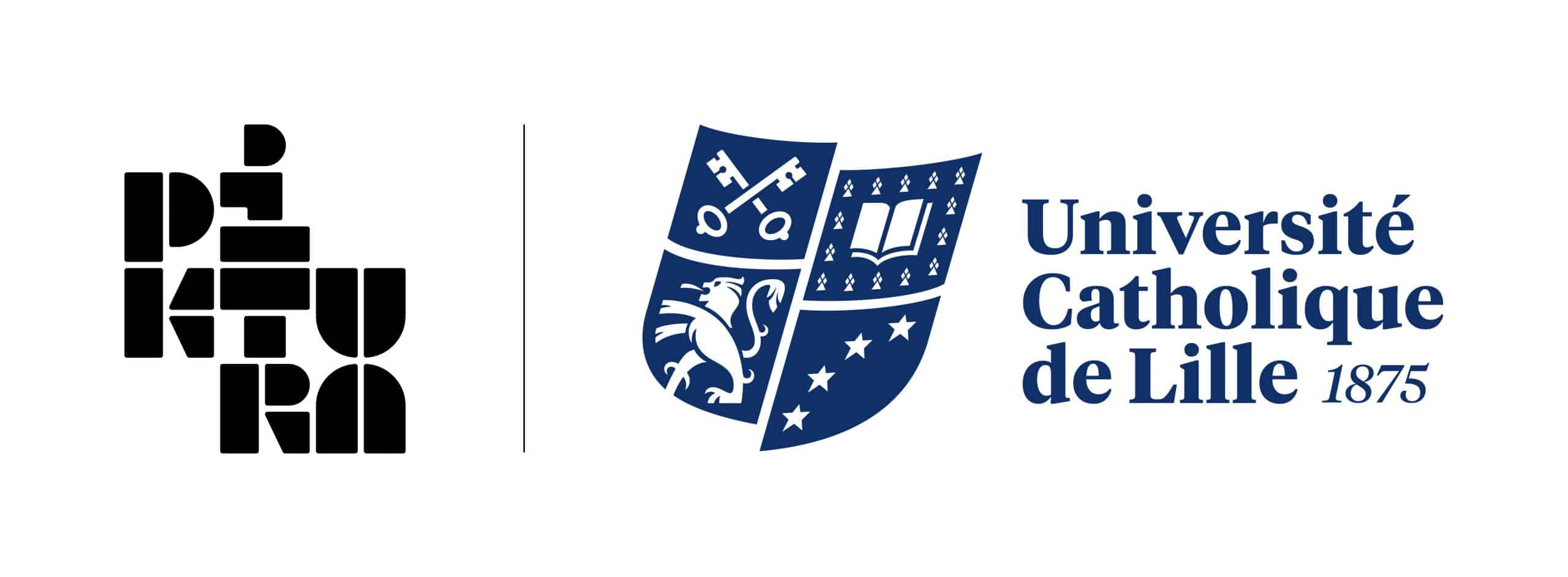
Illustration digitale
Etablissement : PIKTURA Ecole de l’image
Langue : Français
Formation(s) dans laquelle/lesquelles le cours apparait :
- Licence Création numérique – 4 options [ECTS : 1,00]
Période : S1
Ce cours nécessite quelques bases en techniques de dessins, compréhension de la couleur, notion de narration + une première prise en main des logiciels créatifs (photoshop, illustrator principalement mais possibilité d’en utiliser d’autres).
Continuer l’apprentissage de l’illustration (dessin, expressivité, narration…) et le développement de sa créativité avec les outils numériques
Exploiter les aventages de l’illustration numérique au profil de l’illustration papier :
palette d’outils, optimisation du temps, animation rapide de l’illustration (photoshop, procreate…)
– Numérisation et retravail des projets tradi en numérique.
– Mini atelier autour de différents styles graphiques
– Mini projet de création d’illustration annimée

